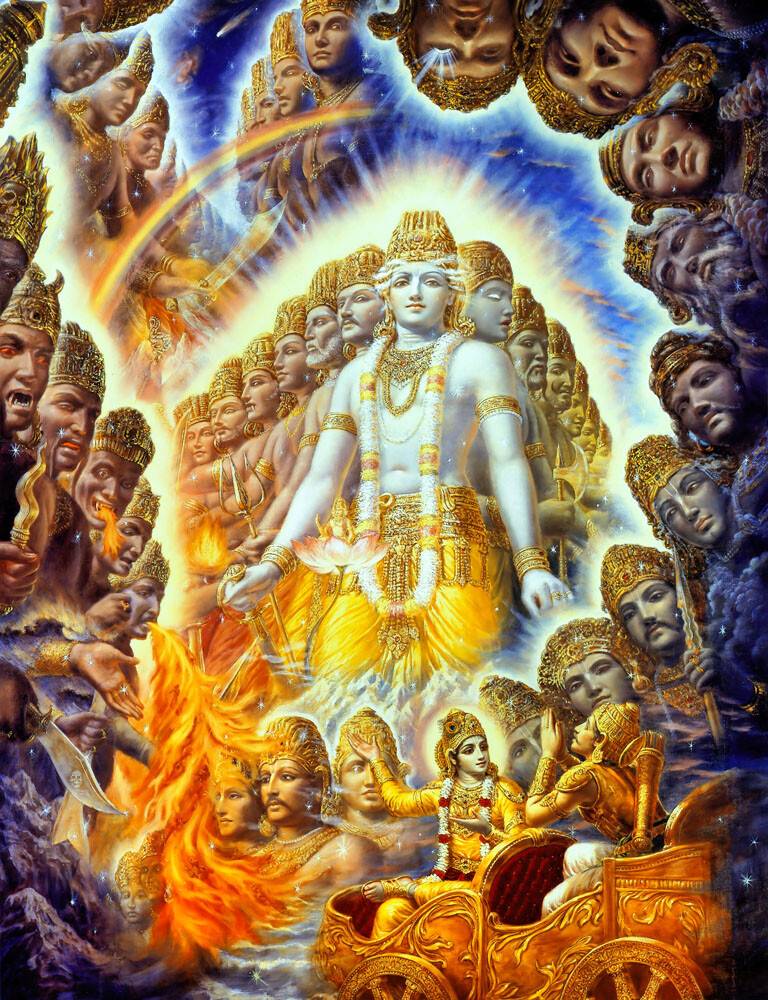Fractals are fascinating and complex geometric figures that repeat patterns at different scales, known as self-similarity. One of the most intriguing aspects of fractals is how they offer insight into higher dimensions, expanding our understanding of geometry and space.
In classical geometry, figures such as points, lines, and planes exist in zero, one, and two dimensions, respectively. Fractals, however, often occupy fractional dimensions — not limited to whole numbers but instead existing in a non-integer realm. This concept is known as the fractal dimension. For instance, the famous Mandelbrot set, a set of points in the complex plane, exhibits a fractal dimension between two and three, indicating a level of complexity that isn’t confined to traditional two-dimensional space.
When considering the relationship between fractals and higher dimensions, it’s important to understand how fractals can be constructed in these realms. In dimensions beyond the familiar three, mathematicians use similar iterative processes to generate fractals with properties that defy simple visualization. For example, the Sierpinski tetrahedron is a three-dimensional fractal constructed by recursively subdividing a tetrahedron, removing smaller tetrahedra from it. This concept can be extended to higher dimensions, creating fractals like the Sierpinski hyperpyramid, enhancing our understanding of space and its properties.
Furthermore, fractals reveal patterns and structures that help bridge the gap between the finite and the infinite, a concept integral to higher-dimensional geometry. In nature, fractals like coastlines, clouds, and mountain ranges display self-similar patterns, suggesting that even complicated natural forms follow geometric principles that could be extrapolated to higher dimensions.
The connection between fractals and higher dimensions also arises in computer graphics and modeling. Rendering realistic images of natural landscapes relies heavily on fractals for textures and patterns. By extending these techniques to higher dimensions, we can simulate and analyze complex phenomena involving multiple variables and dimensions, offering new perspectives in scientific fields such as physics and cosmology.
In theoretical physics, fractals are employed to understand the geometry of space-time at quantum scales. Some theories suggest that space-time itself might possess a fractal structure at highly small scales, where the notion of classical three-dimensional space breaks down. This idea supports attempts to unify quantum mechanics and general relativity, proposing that understanding higher-dimensional fractals could unlock the mysteries of the universe.
In conclusion, fractals offer profound insights into higher dimensions by challenging the limitations of traditional geometric concepts and providing a bridge between the familiar and the abstract. Their unique properties allow us to explore and visualize complex structures beyond our innate perception, driving advancements in mathematics, science, and technology that continue to reshape our understanding of the multiverse.

